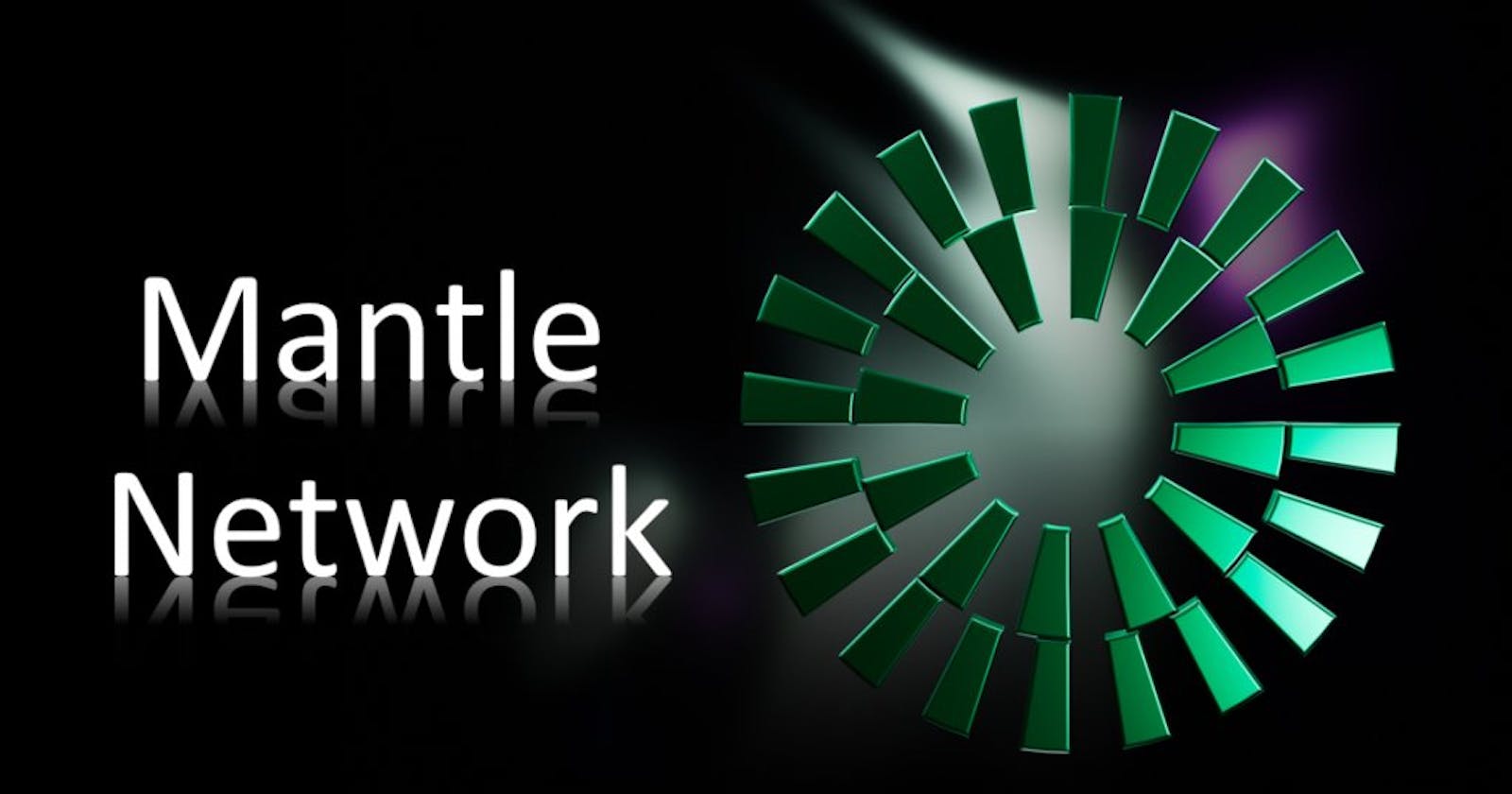Mantle Network: Super-Scalability for Faster, Secure, and Low-Cost Ethereum Transactions
What is Mantle Network?
Mantle Network is also one of the layer 2 blockchains or networks built on Ethereum which acts as a platform with quick, easy and secured transactions. This Mantle Network was built by the BitDAO community, which is known for its decentralized treasury. BitDAO is one of the largest decentralized autonomous organizations (DAO) partnered with ByBit exchange.
Mantle Network's Aim
Mantle Network aims to introduce or bring super-scalability to Ethereum by an approach that brings low gas fees and at the same time provides high security during transactions. They also give importance to better user experience.
And they undergo a kind of modular approach that separates different kinds of tasks into layers specifically. Consensus, execution, data and dispute resolution tasks are categorized with specific layers.
Mantle's Token
Mantle Network has released its own governance crypto token named $BIT. This $BIT token is being used for gas fees during transactions on Ethereum. The governance token of BitDAO ($BIT) has a total supply of 10 billion tokens. These tokens have been allocated to various stakeholders, partners, community members, BitDAO treasury, BitDAO team and foundations. This token can be traded in the ByBit exchange or Uniswap v3.

Mantle Network as a Sidechain
Ethereum is the main chain during transactions in the Ethereum blockchain whereas Mantle acts as a sidechain to the Ethereum. It helps to speed up the transactions with low gas fees. As a sidechain, Mantle will be an auxiliary network that operates alongside the Ethereum main chain, alleviating the congestion and bottlenecks often experienced during high-demand periods. Faster transactions are achieved by the utilization of scaling solutions and optimization techniques implemented within the Mantle Network infrastructure.
Benefits of choosing Mantle
Low gas fees
High security
Faster transactions
Better User Experience
Hyperscaling or Super - scalability
Super - Scalability or Hyperscaling refers to the ability of a system or platform to handle a significantly increased workload by efficiently distributing resources and scaling horizontally. This hyperscaling or super scalability is achieved by combining roll-up technology and a decentralized data availability layer. Due to this super-scalability, transactions are made faster with high security and also with the lowest gas fees for the transactions.
What does roll-up technology mean?
Roll-ups are one of the types of scaling solutions for the blockchain to make it more efficient. This Roll-up technology moves some of the computation work and storage from the main chain (L1) to a secondary layer (L2). Still, the main chain provides security and finality for the transactions.
This Roll-up technology is categorized into two kinds
Optimistic Roll-up technology
Zk - Roll up technology
They use different methods to verify and settle transactions on Layer 1 (L1).
Optimistic Roll-up technology
Optimistic rollups trust validators and witnesses, which helps them handle a large number of transactions quickly. However, they assume that everyone involved will be honest.
Transactions using this kind of roll-ups have faster transactions and cost low gas fees but still, they have a delay before finality. They require a separate fraud-proof mechanism to find fraud or handle disputes.
Zk - Roll up technology
ZK-rollups use a different method called zero-knowledge proofs to verify transactions securely and privately. This makes them more secure and private but slightly slower than optimistic roll-ups in terms of handling a large number of transactions. They can handle a large number of transactions. These two Roll-up technologies always aim to improve scalability. Optimistic roll-ups prioritize speed over trusting the participants, while ZK-rollups prioritize security and privacy at the expense of some speed.
Data Availability
Data availability refers to the ability to access and retrieve stored information on a blockchain or a secondary layer. It plays a vital role in ensuring the scalability, security, and usability of blockchains and L2s. If data is not available in the respective main chain of a particular blockchain, then it would be a result of users facing these difficulties in tasks such as withdrawing funds or verifying transaction status. To achieve data availability we can implement erasure coding techniques or utilize decentralized storage networks and also can store data in the main chain.
Building a Strong Ecosystem: $BIT Token and Incentives in Mantle Network
To encourage developers to build innovative projects on the mantle network, they have allocated $100 million to the Mantle Ecosystem. This allotted fund will also be an incentive to the project developments and the developers. Also, BitDAO is considering an airdrop for testnet users who actively engage with the Mantle protocol.
